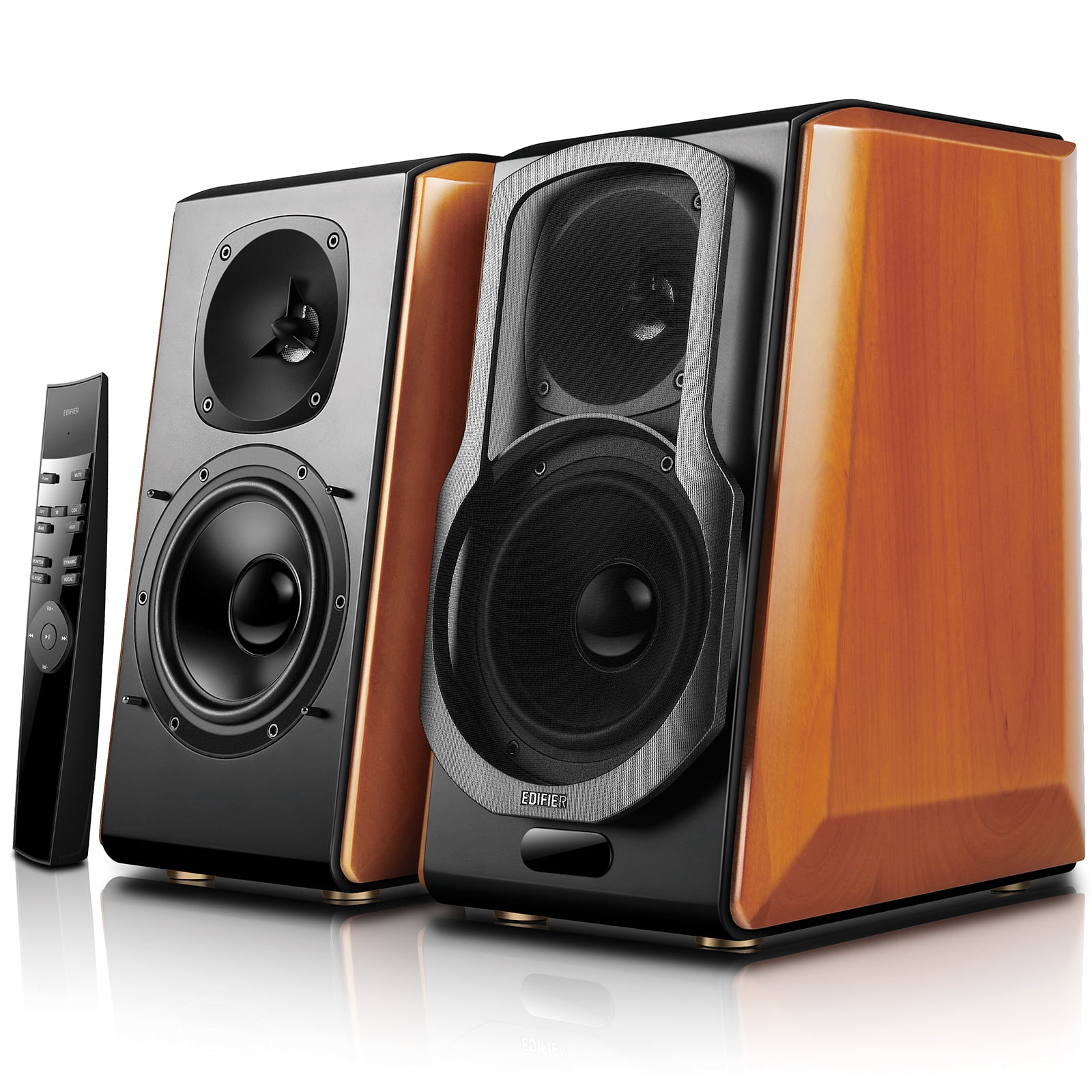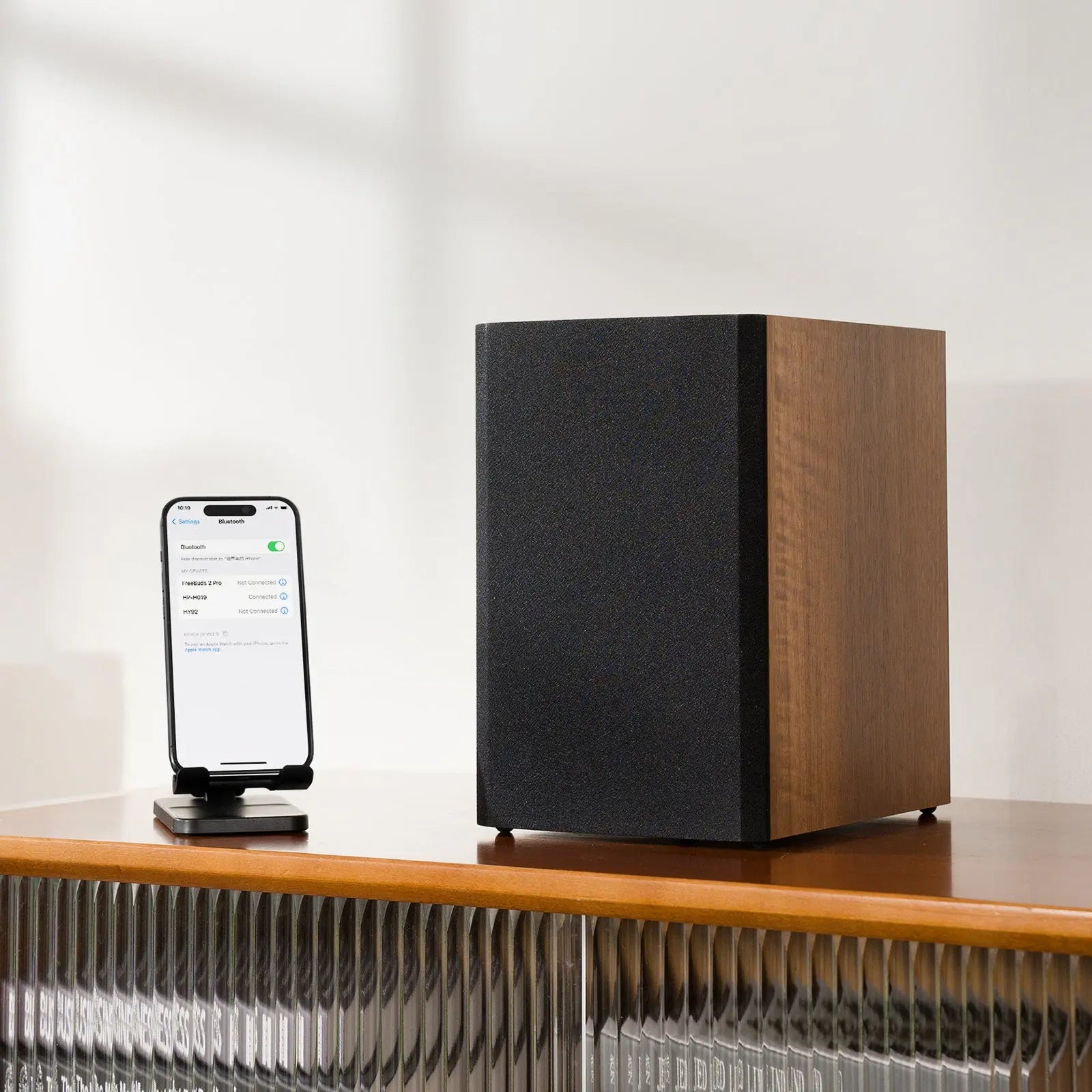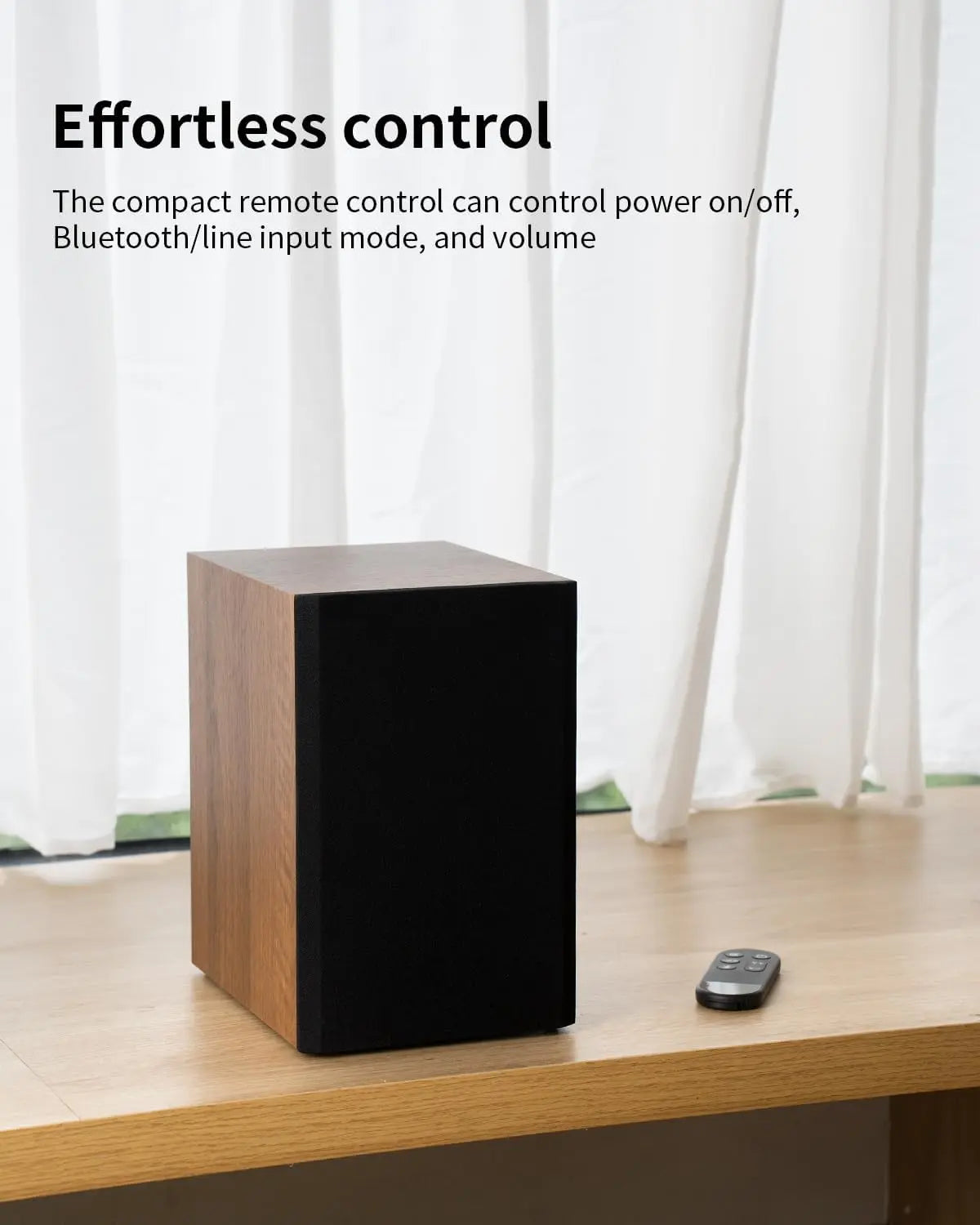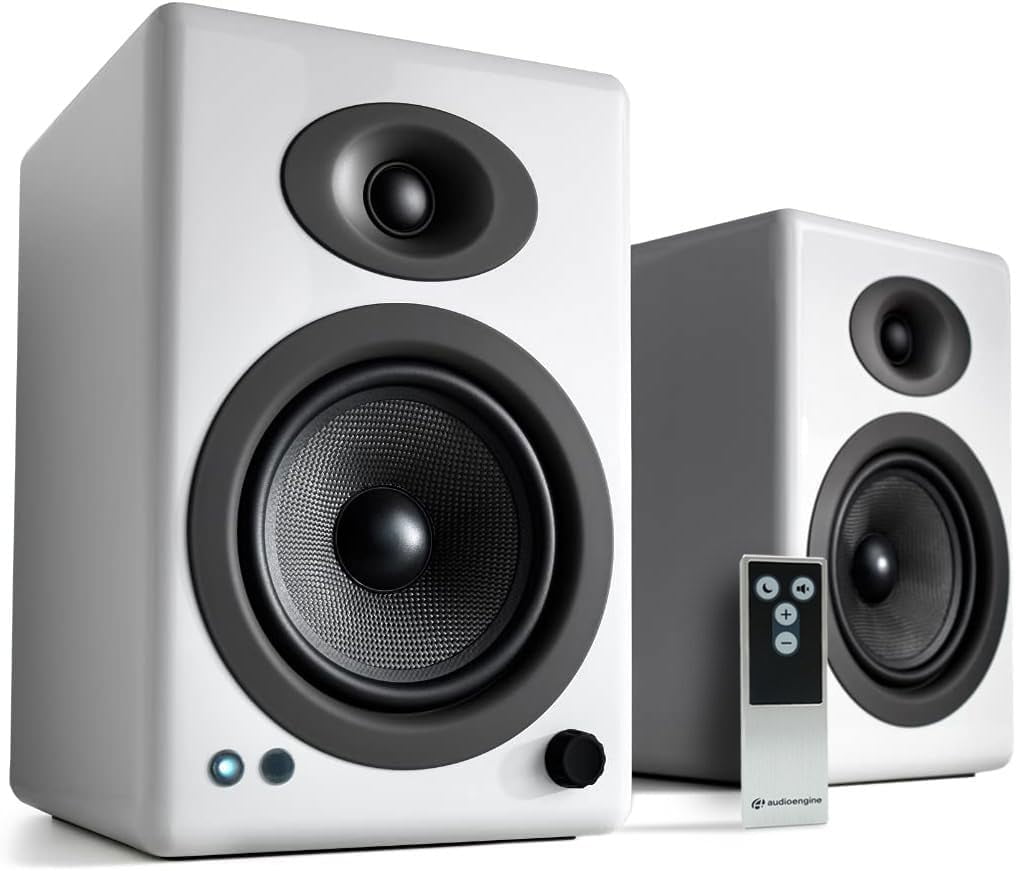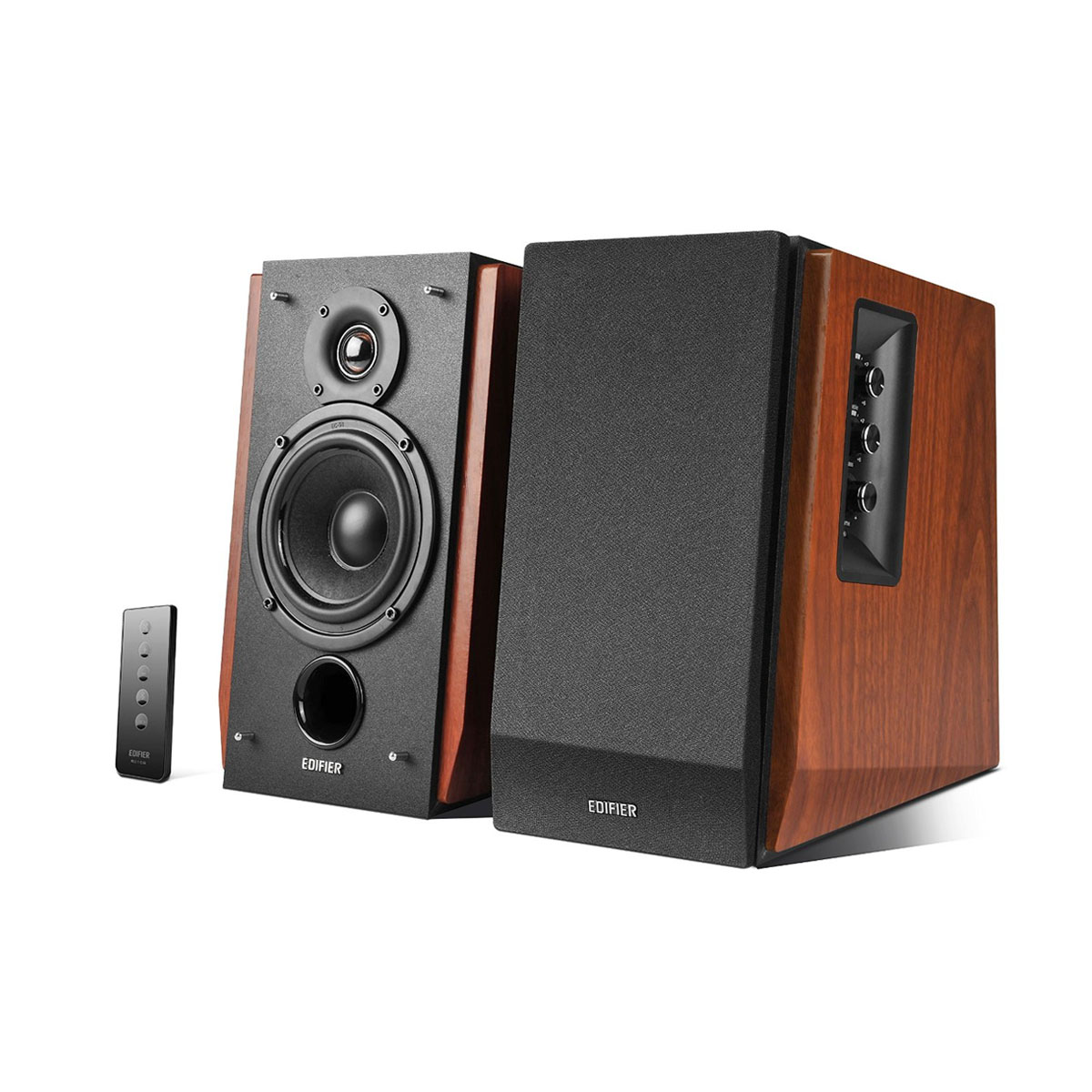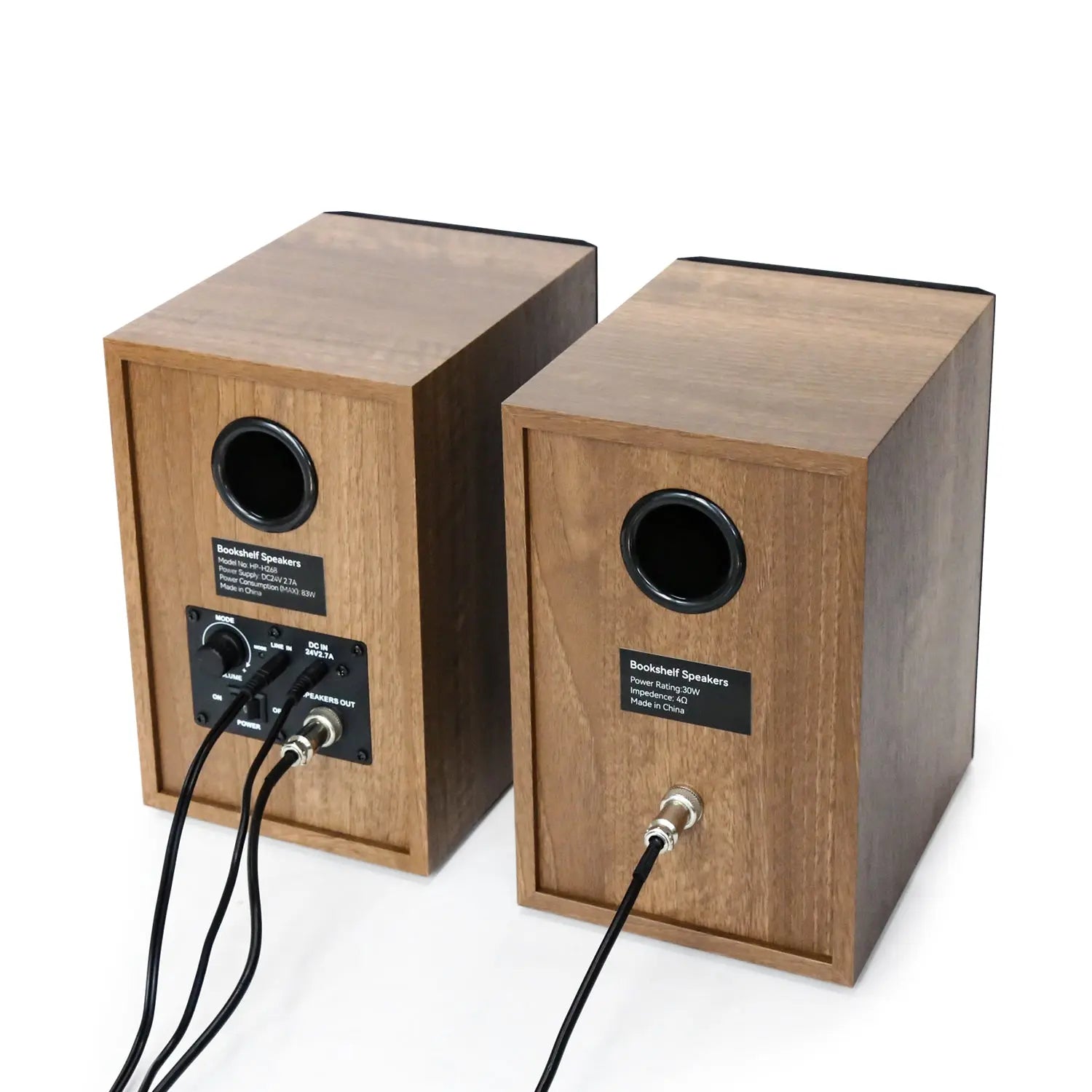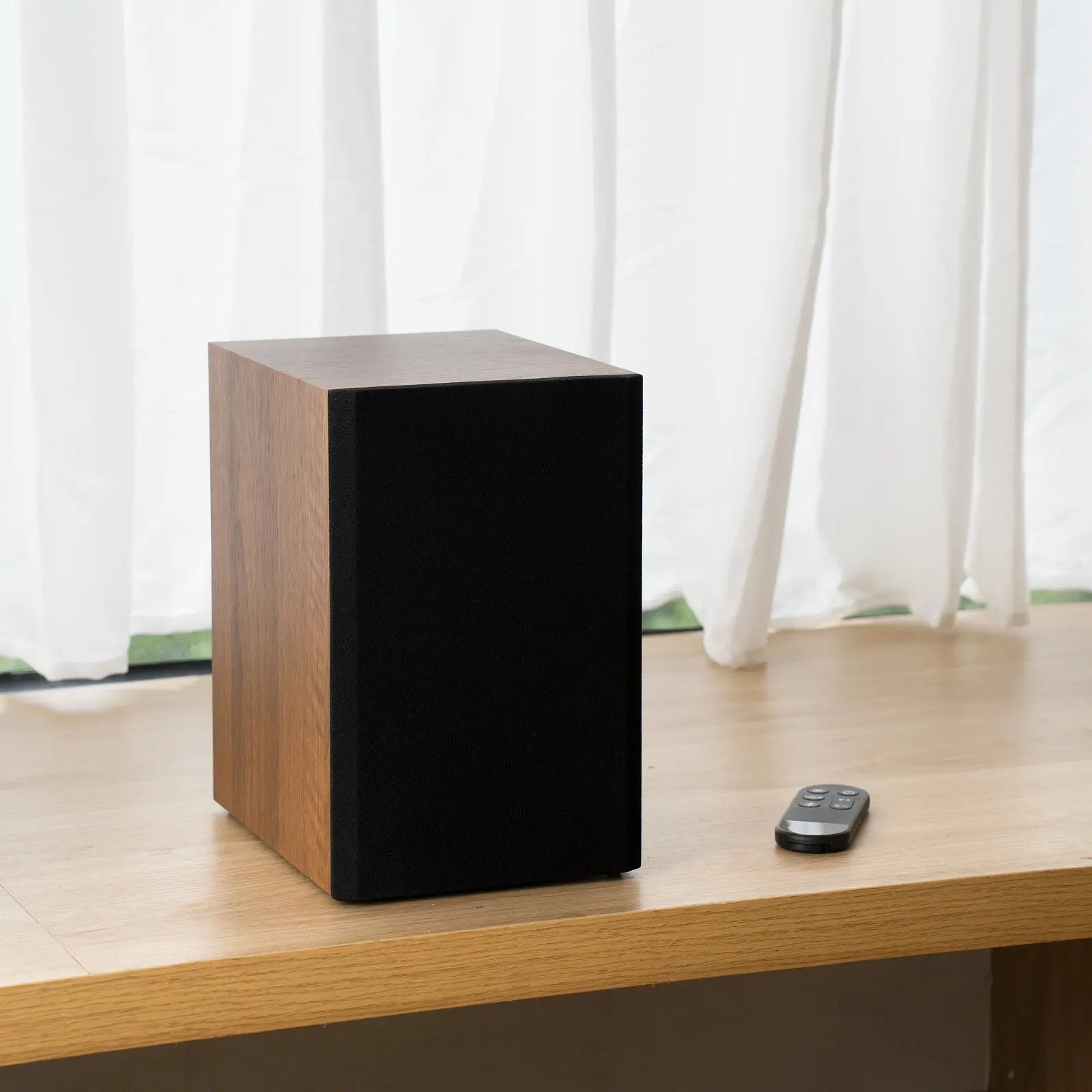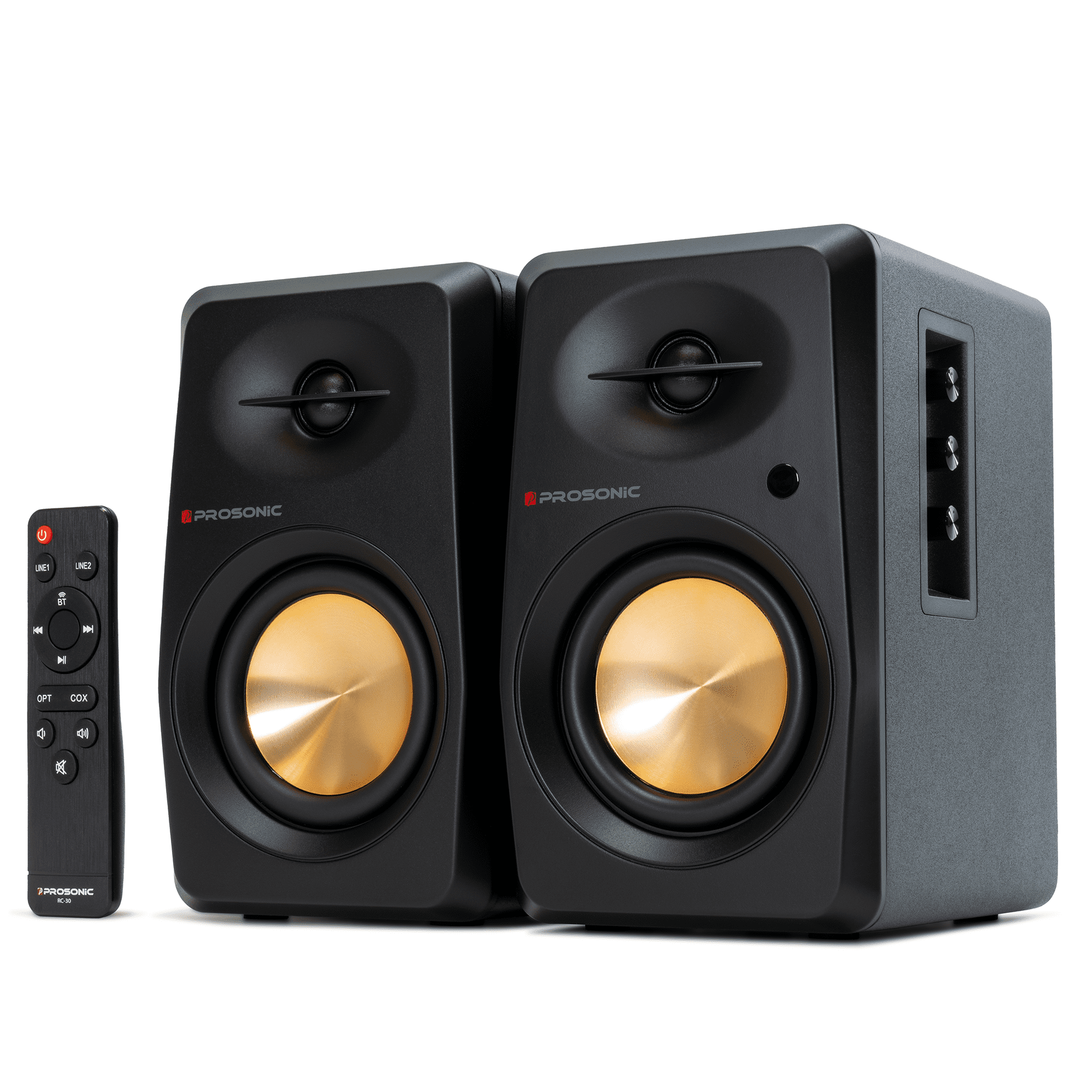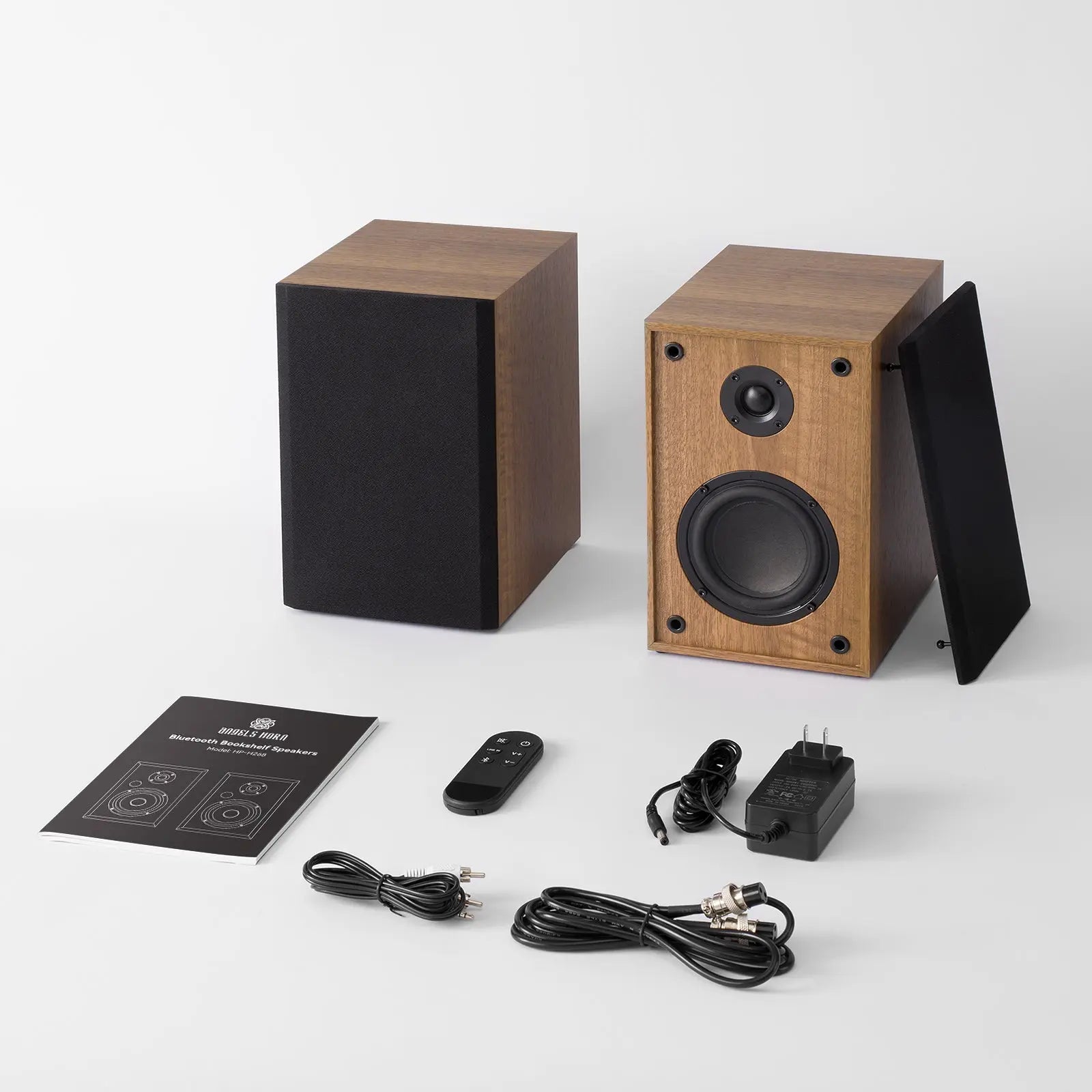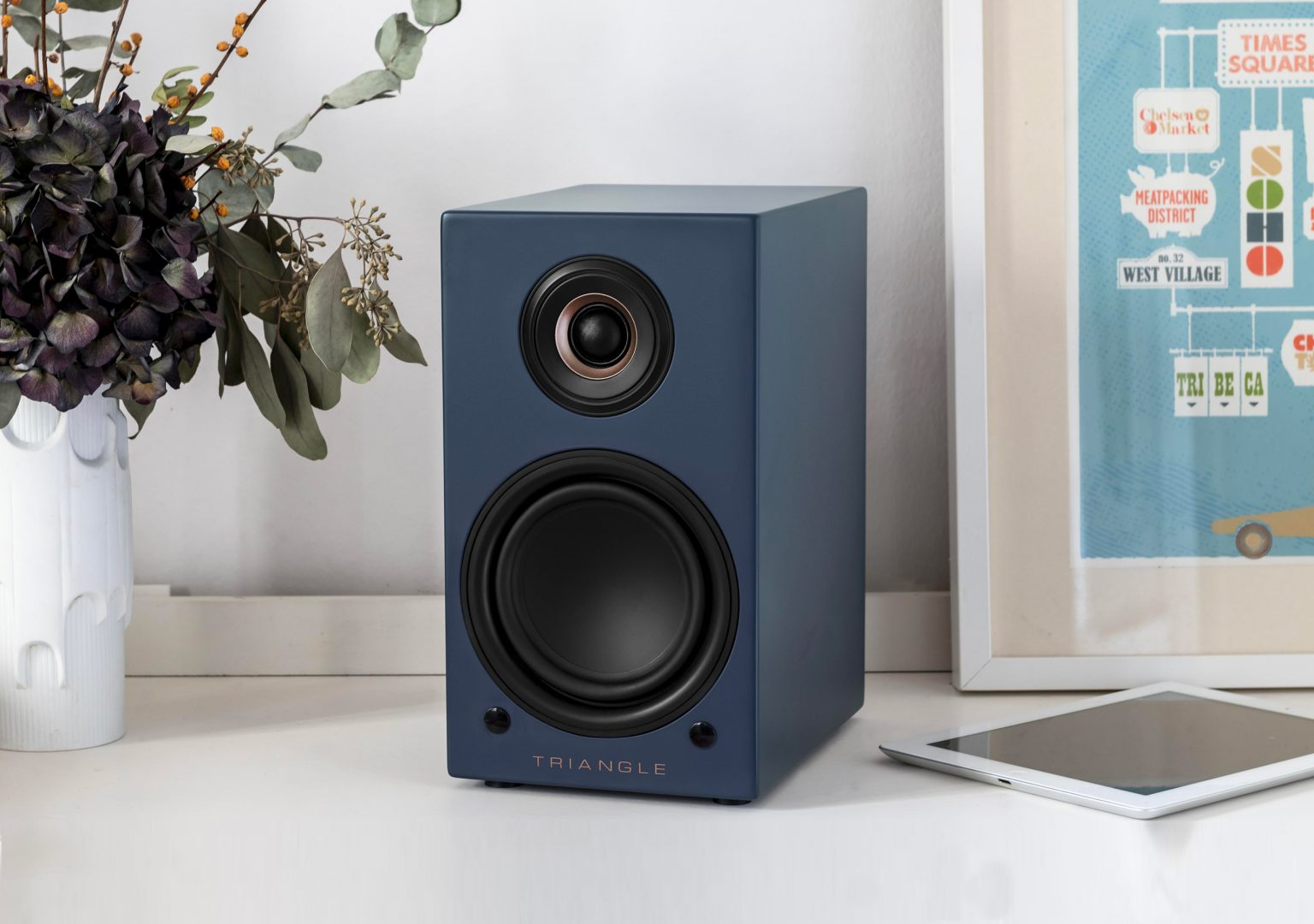Wireless Bluetooth Bookshelf Speakers
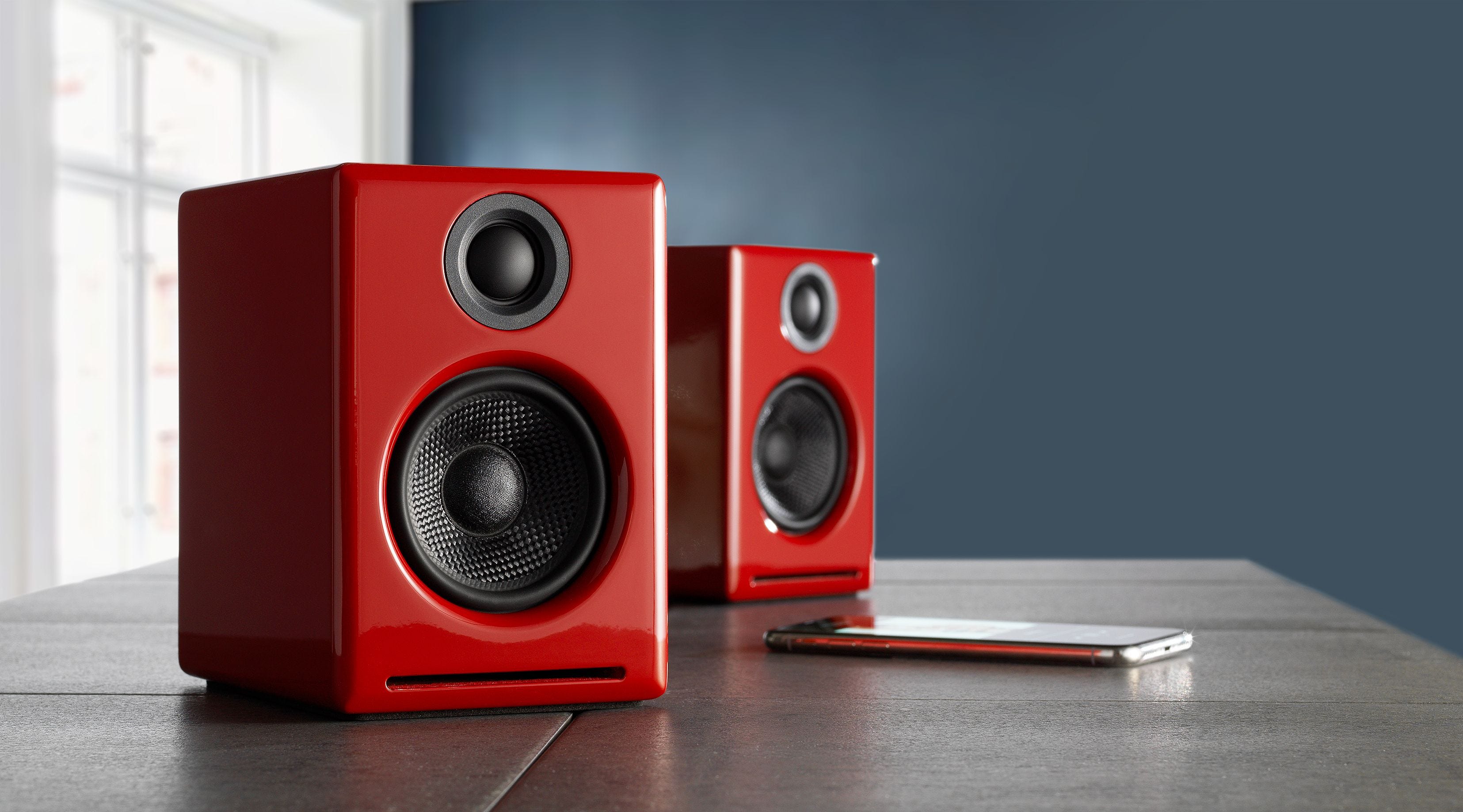
Bluetooth bookshelf speakers are rapidly evolving, offering audiophile-quality sound without the clutter. These versatile systems are transforming home audio, providing easy setup and wireless connectivity for a seamless listening experience.
This article delves into the latest trends, features, and key players in the Bluetooth bookshelf speaker market, highlighting the advantages and considerations for consumers seeking high-fidelity wireless audio.
Unleashing Wireless Audio: The Rise of Bluetooth Bookshelf Speakers
The demand for streamlined audio setups is surging. This is driving innovation in Bluetooth bookshelf speaker technology. Consumers are increasingly prioritizing convenience and aesthetics, leading to a boom in the market.
What are Bluetooth bookshelf speakers? These compact speaker systems deliver high-quality audio. They do this without the need for traditional wired connections. They connect wirelessly to smartphones, tablets, and computers.
Key Features and Benefits
Wireless connectivity is the core advantage. It allows for flexible placement and a clutter-free environment.
Many models now incorporate advanced audio codecs like aptX HD and LDAC. This ensures high-resolution audio streaming.
Integrated amplifiers eliminate the need for external equipment. This simplifies the setup process and reduces overall cost.
Some speakers offer multi-room audio capabilities. This allows users to create a whole-house audio system controlled through a single app.
Who are the key players? Companies like Sonos, KEF, Audioengine, and Edifier are leading the charge with innovative designs and advanced features.
Market Trends and Consumer Considerations
The global Bluetooth speaker market is projected to reach $13.7 billion by 2027 (Source: Market Research Future). This indicates a strong and sustained growth trajectory.
When choosing Bluetooth bookshelf speakers, consider sound quality, connectivity options, and design aesthetics. Also, think about the speaker's impedance to match your listening needs.
Budget is a significant factor. Prices range from entry-level models under $100 to high-end audiophile systems exceeding $1000.
Where are these speakers typically used? Living rooms, bedrooms, home offices, and even small studios are common settings.
How do they work? They use Bluetooth to receive audio signals from devices. An internal amplifier boosts the signal. The speakers then translate the electrical signals into sound waves.
Potential Drawbacks and Limitations
Bluetooth connectivity can be susceptible to interference. Obstacles and distance can affect signal strength and audio quality.
While aptX HD and LDAC improve audio quality, they may not be supported by all devices. This can limit the benefit of these codecs.
Some audiophiles argue that wired connections still offer superior sound quality. They perceive this to be the case compared to Bluetooth.
The Future of Wireless Audio
The development of new Bluetooth standards. This will further enhance audio quality and range in the future.
Integration of voice assistants like Amazon Alexa and Google Assistant is becoming increasingly common. This adds hands-free control and smart home integration.
Manufacturers are exploring innovative materials and designs to further improve acoustic performance. They are also working to improve aesthetics.
Stay tuned for updates on new product releases, technological advancements, and emerging trends in the ever-evolving world of Bluetooth bookshelf speakers.
"The future of audio is wireless, and Bluetooth bookshelf speakers are leading the charge," - Industry Analyst, 2024.
